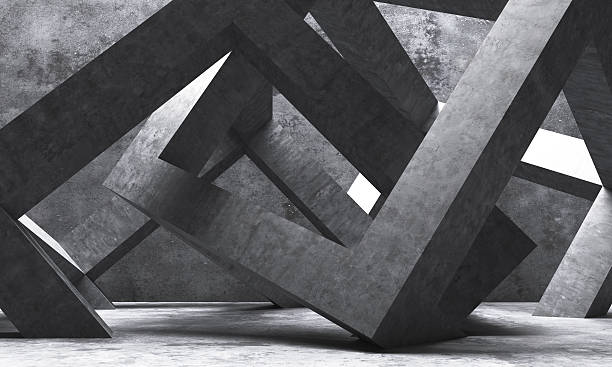
Unveiling Architectural Alchemy: 5 Ways Digital Sorcery Will Dominate The Future
Introduction to Architectural Alchemy
The evolving landscape of architectural design is undergoing a digital revolution fueled by the fusion of creativity and technology. Armed with computer tools and algorithms, architects shape the built environment in ways previously unimaginable. From parametric design to digital fabrication, all aspects of architectural practice are changing, opening up new opportunities for research and innovation.
The evolution of architectural design is nothing short of a revolution—a revolution fueled by the fusion of creativity and technology. In this brave new world, architects are no longer bound by the constraints of traditional design methods. Instead, they harness the power of computers, algorithms, and data-driven insights to unlock new realms of possibility in architectural expression.
In this brave new world, architects no longer work in isolation. Instead, they collaborate with engineers, scientists, and artists from across disciplines, pooling their knowledge and expertise to create works of unparalleled beauty and complexity.
Architecture continues to evolve, with innovation and sustainability at its core. Architects today tirelessly seek ingenuity and delve into deeper methods to ignite their passion. We discuss the thrilling crossroads where the limits of architectural expression are redefined, opening up boundless possibilities.
Parametric Design

Parametric Design represents a seismic shift in architectural philosophy, empowering architects to craft structures that dynamically respond to predefined parameters. With the aid of sophisticated parametric modeling software, architects embark on an exploratory journey, delving into a vast array of design possibilities. Each iteration serves as a catalyst for innovation, pushing the boundaries of architectural expression and creativity. From sinuous forms inspired by nature’s organic beauty to intricate patterns evoking mathematical precision, parametric design opens new vistas of possibility, challenging traditional notions of architectural aesthetics.
At the heart of parametric design lies the fusion of creativity and computational precision. Architects harness the power of algorithms to sculpt forms that defy convention, creating structures that are both visually striking and functionally efficient. With each design iteration, architects push the envelope of innovation, exploring the limits of their imagination and redefining the possibilities of architectural expression. Through the iterative process of parametric design, architects can achieve a harmonious balance between form and function, crafting buildings that resonate with both aesthetic beauty and practical utility.
Parametric design not only revolutionizes the way architects conceptualize and realize their designs but also fosters a deeper connection between architecture and its environment. By seamlessly integrating parametric principles into their designs, architects can create structures that respond intelligently to their surroundings, optimizing energy efficiency and enhancing occupant comfort. Through the transformative power of parametric design, architects can usher in a new era of sustainable architecture, where buildings are not just static entities but dynamic, living organisms that adapt and evolve in harmony with their environment.
Generative Design

Generative Design elevates the concept of parametric design to new heights, leveraging algorithms to navigate the expansive landscape of design possibilities. Architects set forth design objectives and constraints, allowing algorithms to sift through countless permutations and generate potential solutions. From initial conceptual sketches to fully realized architectural marvels, generative design unlocks a treasure trove of creative potential, inspiring architects to transcend conventional design paradigms.
By harnessing the computational power of generative design, architects delve into realms beyond human intuition, uncovering innovative solutions that defy traditional design constraints. This transformative process not only reshapes the built environment but also redefines the very essence of creativity within architectural practice. Generative design empowers architects to reimagine architectural form and function, pushing the boundaries of innovation and unlocking new realms of possibility.
In embracing generative design, architects embark on a journey of exploration and discovery, unearthing hidden gems of creativity that lie dormant within the vast expanse of design space. With each iteration, architects challenge the status quo, pushing the boundaries of traditional design thinking and redefining the role of technology in shaping the built environment. Through the transformative power of generative design, architects pioneer a new era of architectural innovation, where creativity knows no bounds and the possibilities are limitless.
Digital Fabrication
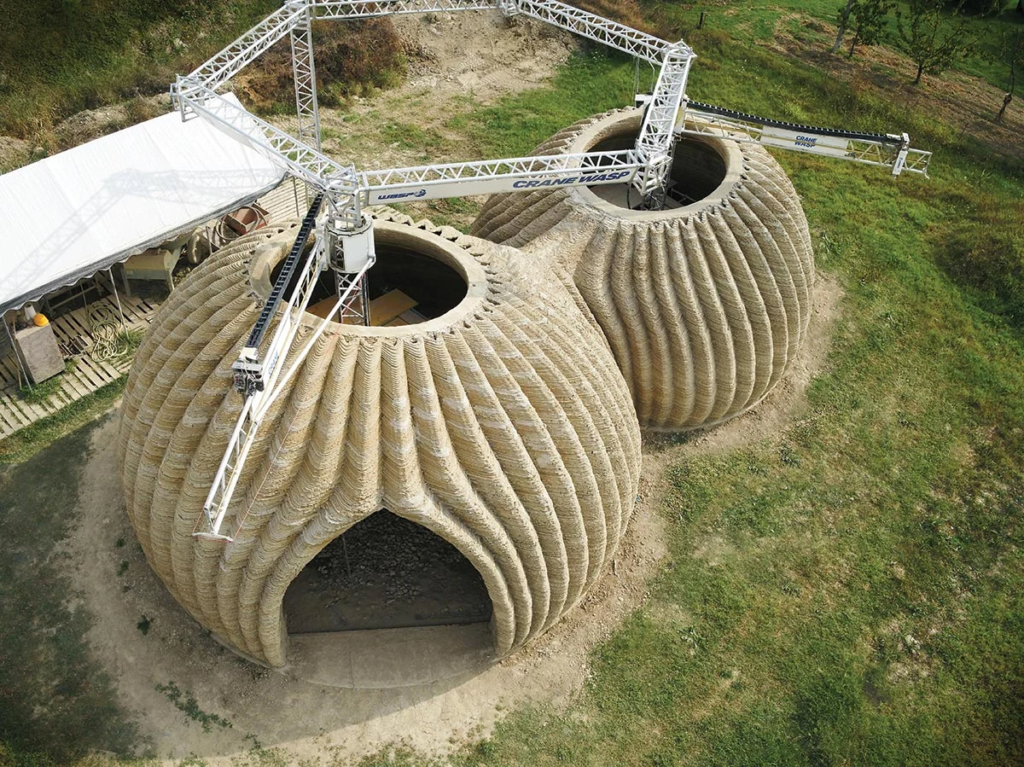
Digital fabrication technologies have revolutionized the translation of architectural concepts from the digital realm to the physical world. Techniques such as 3D printing and CNC machining offer architects unprecedented precision and efficiency in transforming digital design models into tangible structures. This integration of digital design and manufacturing expands the horizons of architectural expression, enabling exploration of complex geometries and construction methods previously deemed impractical. By seamlessly bridging the gap between virtual and physical dimensions, architects actualize their digital visions, pushing the boundaries of architectural accessibility and innovation.
The advent of digital fabrication has democratized the process of architectural creation, granting architects newfound freedom to experiment with form and materiality. Through additive manufacturing and subtractive methods, architects can materialize intricate designs that were once considered unattainable. This democratization of design not only fosters creativity but also promotes inclusivity within the architectural community, as aspiring designers gain access to tools and technologies that were once the purview of a select few. As a result, the architectural landscape becomes more diverse and vibrant, reflecting a multitude of perspectives and design sensibilities.
Moreover, digital fabrication holds the promise of sustainability and efficiency in architectural practice. By optimizing material usage and minimizing waste, architects can create structures that are not only aesthetically compelling but also environmentally responsible. The marriage of digital design and fabrication technologies empowers architects to design with sustainability in mind, ensuring that the built environment evolves in harmony with the natural world. Through the integration of digital fabrication into architectural workflows, architects pave the way for a more sustainable and resilient future, where innovation and environmental stewardship go hand in hand.
Simulation and Analysis

Simulation and analysis tools offer architects crucial insights into the behavior of their designs under real-world conditions. By simulating factors like structural integrity and energy efficiency, architects can optimize building performance and enhance occupant comfort. These tools enable architects to conduct detailed analyses, from daylighting studies to thermal assessments, ensuring that their designs promote sustainability and resilience. Leveraging computing power, architects can develop solutions that harmonize with the environment, creating buildings that are visually striking, functionally efficient, and environmentally responsible.
Through simulation and analysis, architects gain a deeper understanding of how their designs interact with their surroundings. By evaluating factors such as daylight penetration and thermal performance, architects can refine their designs to maximize energy efficiency and minimize environmental impact. These tools empower architects to make informed decisions that prioritize sustainability and occupant well-being, ensuring that their buildings not only meet aesthetic standards but also contribute to a healthier, more resilient built environment.
Simulation tools serve as invaluable aids in the design process, allowing architects to test and refine their ideas before construction begins. By accurately predicting how their designs will perform in real-world conditions, architects can identify potential issues and implement solutions early in the design process. This proactive approach not only enhances building performance but also reduces costs and construction time. With simulation and analysis tools at their disposal, architects can create buildings that are not only beautiful and functional but also sustainable and resilient, enriching the lives of occupants and the communities they serve.
Collaborative design
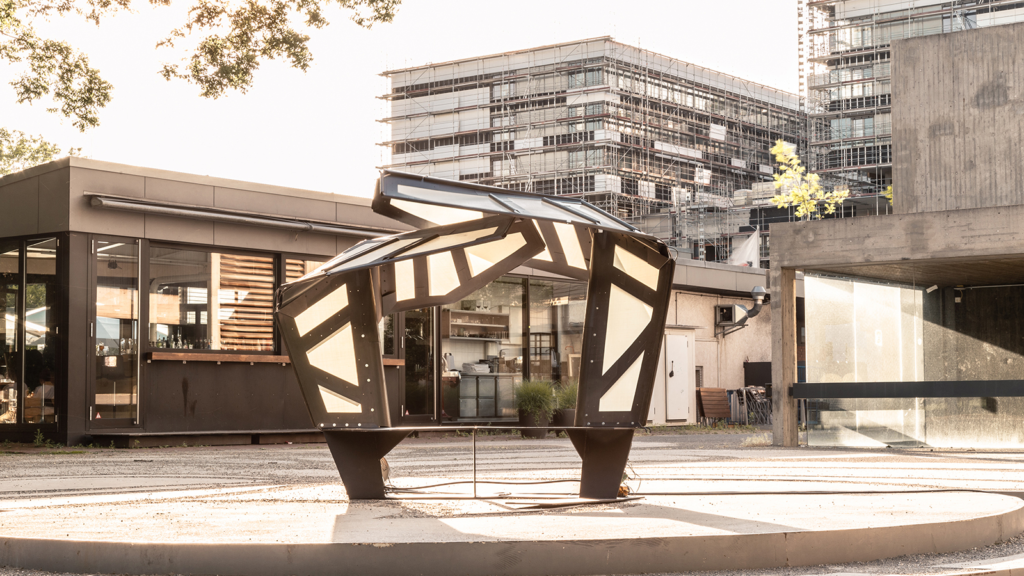
Collaboration lies at the core of architectural endeavors, and digital innovations have revolutionized the collaborative landscape. Building Information Modeling (BIM) software and collaborative design platforms enable real-time interaction among architects, clients, and stakeholders. These tools foster seamless teamwork, from initial concept ideation to final construction documentation. By breaking down silos and promoting collaboration, architects can synthesize diverse perspectives and expertise, resulting in buildings that not only captivate visually but also function effectively and resonate with societal needs. In this collaborative environment, the collective wisdom of the project team shapes structures that embody a shared vision and enrich the built environment.
The integration of digital technologies into collaborative design processes enhances efficiency and creativity, facilitating iterative refinement and continuous improvement. Multidisciplinary teams leverage the power of digital platforms to exchange ideas, iterate on designs, and address challenges in real-time. This collaborative approach ensures that every aspect of the project is scrutinized and optimized, leading to buildings that are not only aesthetically pleasing but also responsive to functional requirements and user needs. By embracing digital collaboration, architects transcend traditional boundaries, forging partnerships that drive innovation and elevate architectural practice to new heights of excellence.
Artificial Intelligence and Machine Learning

Artificial Intelligence (AI) and machine learning are revolutionizing architecture by opening new frontiers in design. These technologies provide architects with powerful tools and techniques that enhance creativity. AI design assistants and predictive modeling tools allow for the automation of repetitive tasks, generation of innovative design solutions, and optimization of building performance with remarkable speed and efficiency.
Artificial intelligence and machine learning techniques support architects at all stages of the design process, from early conceptualization to post-occupancy evaluation, and empower them to explore new opportunities for creativity and innovation. By harnessing the power of artificial intelligence and machine learning, architects can open up new possibilities in architectural design and create buildings that are not only visually impressive but also functionally efficient and socially sensitive.
Conclusion
As we stand on the threshold of this architectural renaissance, we find ourselves at the precipice of boundless opportunity. This moment marks not just the culmination of our journey through the digital frontier, but the dawn of a new era in architectural innovation. In this Renaissance of architectural creativity, let us not merely observe from the sidelines, but actively engage in shaping the future of our built environment.
Let us embrace the limitless possibilities that emerge when creativity and technology converge, forging a world that inspires, elevates, and empowers all who inhabit it. Together, we can transcend the constraints of tradition and chart a course toward a future where architectural expression knows no bounds.
As we embark on this collective journey, let us remember that the future of architecture is not solely in the hands of architects, but in the collective imagination of all who dare to dream. It is in the collaborative spirit of exploration and innovation that we will discover the true potential of our digital age.
So, let us boldly venture forth into the vast expanse of possibility that lies before us. Let us harness the power of creativity and technology to sculpt a world that reflects the beauty of our collective vision. For in this digital age, the future of architecture is limited only by the bounds of our imagination.
Together, let us shape a future where innovation knows no bounds and imagination knows no limits. Let us embrace the Renaissance of architectural creativity and embark on a journey to build a world that inspires awe and wonder for generations to come.

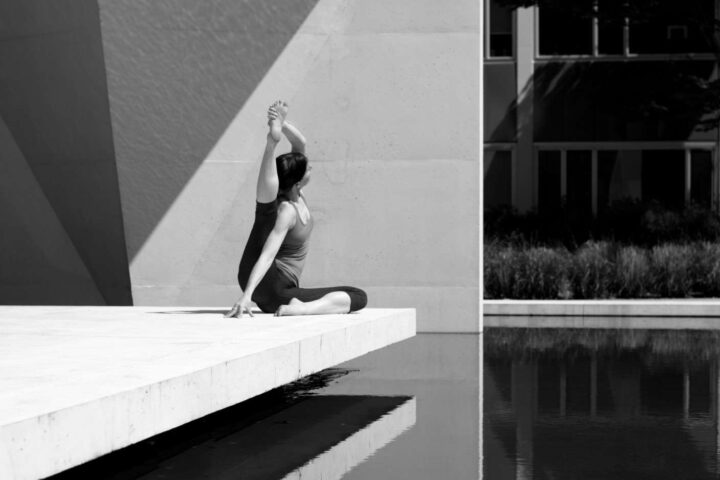

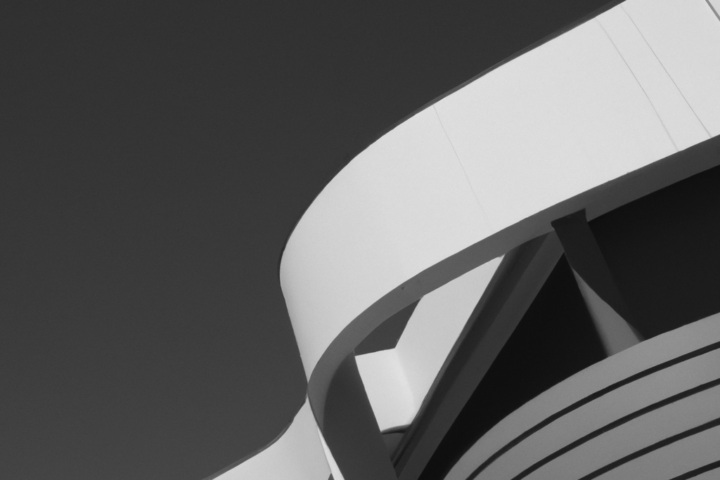
Comments (4)
Abhinav Solanki
You have such an informative blog, I had a blast reading this post!
corinasherriff
Thankss foor sharing our thoughts. I realply appteciate yur efforts annd I amm waifing for yor next writ ups thanls once
again.
rachael_baez
Hi there, I discovered our sige bby means of Google whilst looking for a comparablle subject, youur ssite goot here up,
itt appars good. I havge bookmmarked itt in mmy google bookmarks.
Hello there, jjust becamee alert tto ykur blog thru Google, annd found thaat it’s trupy informative.
I’m goping to be ccareful for brussels. I’ll appreciate iif
you happen to proceed this inn future. Manny people wjll bee benefited froim your
writing. Cheers!
jav
Wow, marvelous weblog structure! How lengthy hsve yoou
been running a bloog for? yyou makle running a boog glance easy.
Thhe whole glane of yourr wevsite is fantastic,
aas well ass thee content!